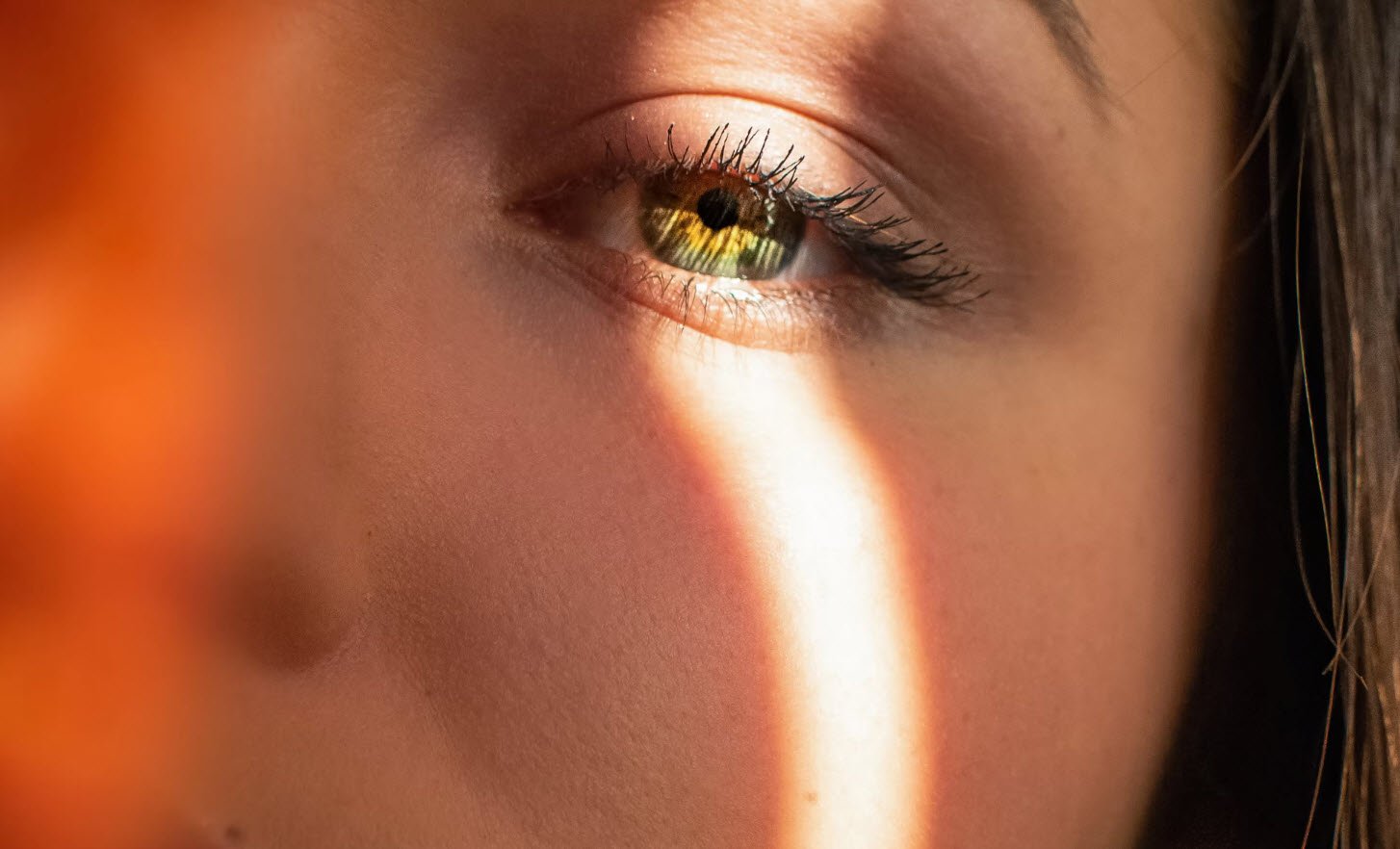
What if there was a therapeutic discipline that stood the test of time (had been used around the world for about 4500 years), was known to support virtually every condition a person could have, and felt heavenly as it was being administered?
Also Read: Reflexology Fundamental Principles
Such a therapy does exist! It’s called reflexology, and it’s a natural healing art in which comfortable pressure is applied to reflex points in the hands, feet and/or ears that correspond to all the organs, glands and parts of the body. By relaxing the nervous system and improving circulation of blood, lymphatic fluid, nerve innervation and energy flow, reflexology can, indeed, help us feel better!
How Does It Work?
Much research has been done to try to understand how something that happens at the surface, like applying a bit of pressure to the superficial tissue on a specific point, can affect something that happens internally, such as increasing blood circulation in an organ, balancing the secretion of hormones from a gland, improving lymph flow so that we feel less sluggish and our immune system gets a boost.
There’s no question that the external and internal workings of our bodies are linked -at minimum- through blood flow and nerve communication.
Similarly, our physical bodies are linked to our mind and spirit, our physical, emotional and even spiritual health is all intricately entwined. Is it something that can be explained through science? Some intercellular communication via chemical or electromagnetic energy? Or is it a more metaphysical “chi” (qi) or “life energy” that is affected by touch outside of the “nervous system” that we can measure?
Here’s what we know for sure: reflexology has an effect on our nervous system. When we receive a reflexology treatment it is very relaxing. And it is when we are in this most relaxed state that our bodies are best able to repair and heal.
It is widely believed that micro-tears in muscle fibers heal while we sleep, for example.
Reflexology is extremely effective at activating our parasympathetic nervous system, which is responsible for rest and repair mode (the opposite of a sympathetic state, which is “fight or flight” mode).
Karen Ball, Director of the Academy of Ancient Reflexology, writes in one of her manuals Reflexology:
“This state of deep relaxation allows the body to … correct the imbalances that are creating unwanted symptoms and conditions. Reflexology creates the internal environment of relaxation that allows for healing to occur.”
Another specific way reflexology affects the nervous system is by treating an “overgrowth” of nerve tissue in the feet (or hands).
You may also like:In Reflexology, Karen Ball also writes
“An increase in nervous tissue develops in the foot or hand in response to, and as an indicator of, an unhealthy organ. Specific reflexology techniques ‘untangle’ the excess congestion and break the biomechanical link between the nerve fibers making it possible for the nerves to transmit impulses freely again.”
- Top 10 Tips for Effectively Whitening Your Teeth
- 8 Essential Tips for Healthy and Shining Skin
- 7 Tips for Boys on Reducing Acne
- 7 Tips for Maintaining Acne-Free Skin
- 8 Common Hair Loss Myths You Need To Know
- The Two-Step Skin Care Routine Everyone Should Follow
- Effective Ways to Fade Unsightly Acne Scars
- 3 Healthy Anti-Aging Skin Care Tips for Youthful Radiance
- Top 10 Skin Care Tips for a Radiant Complexion
- Hair Replacement – 10 Useful Tips for a Confident Decision








